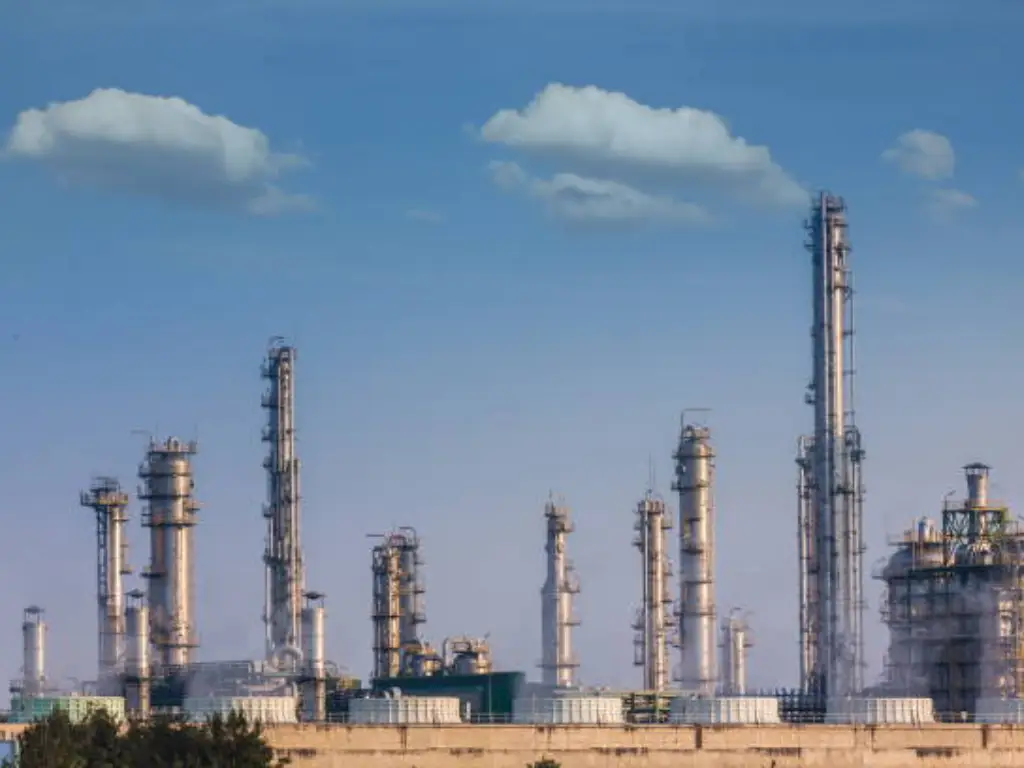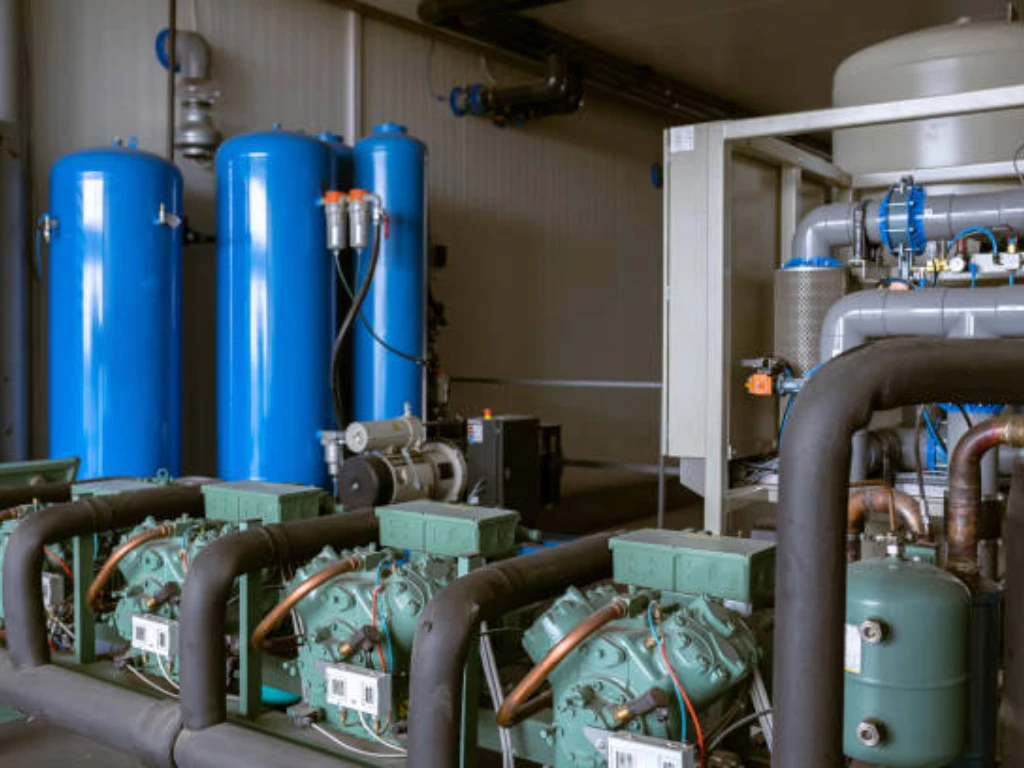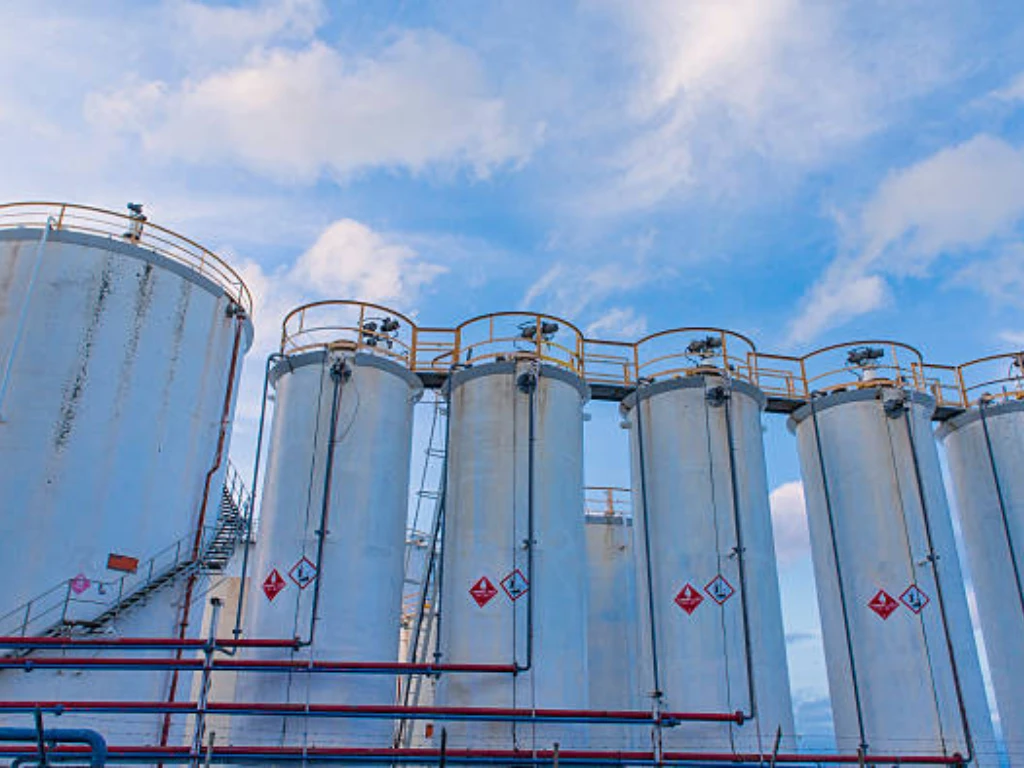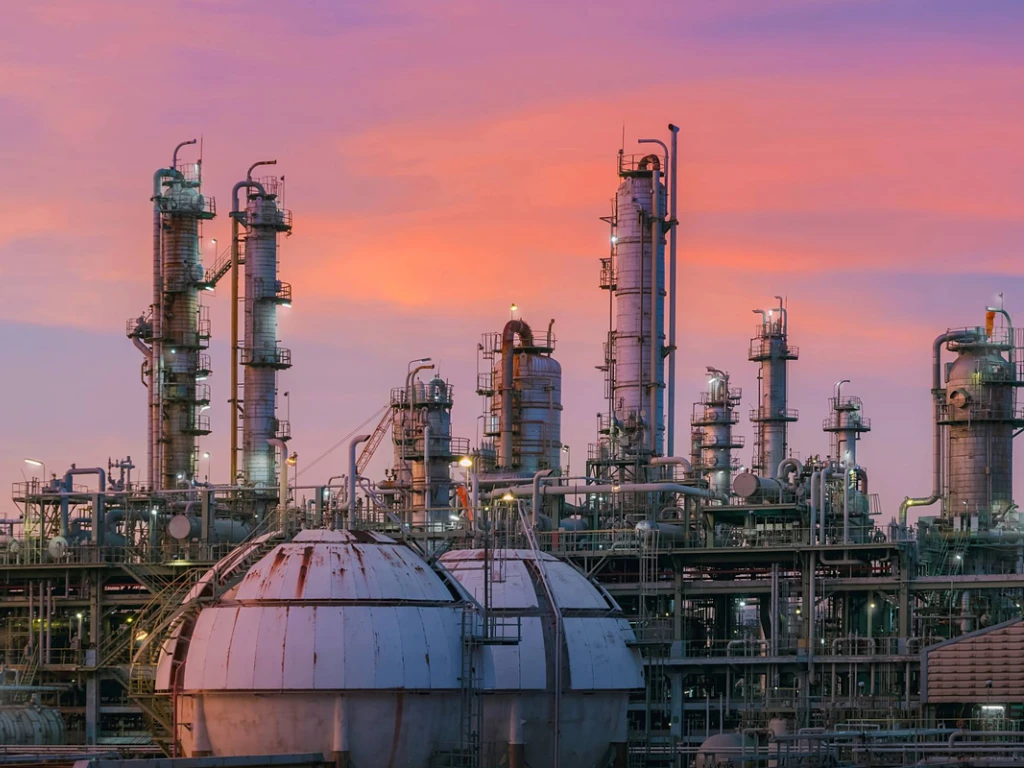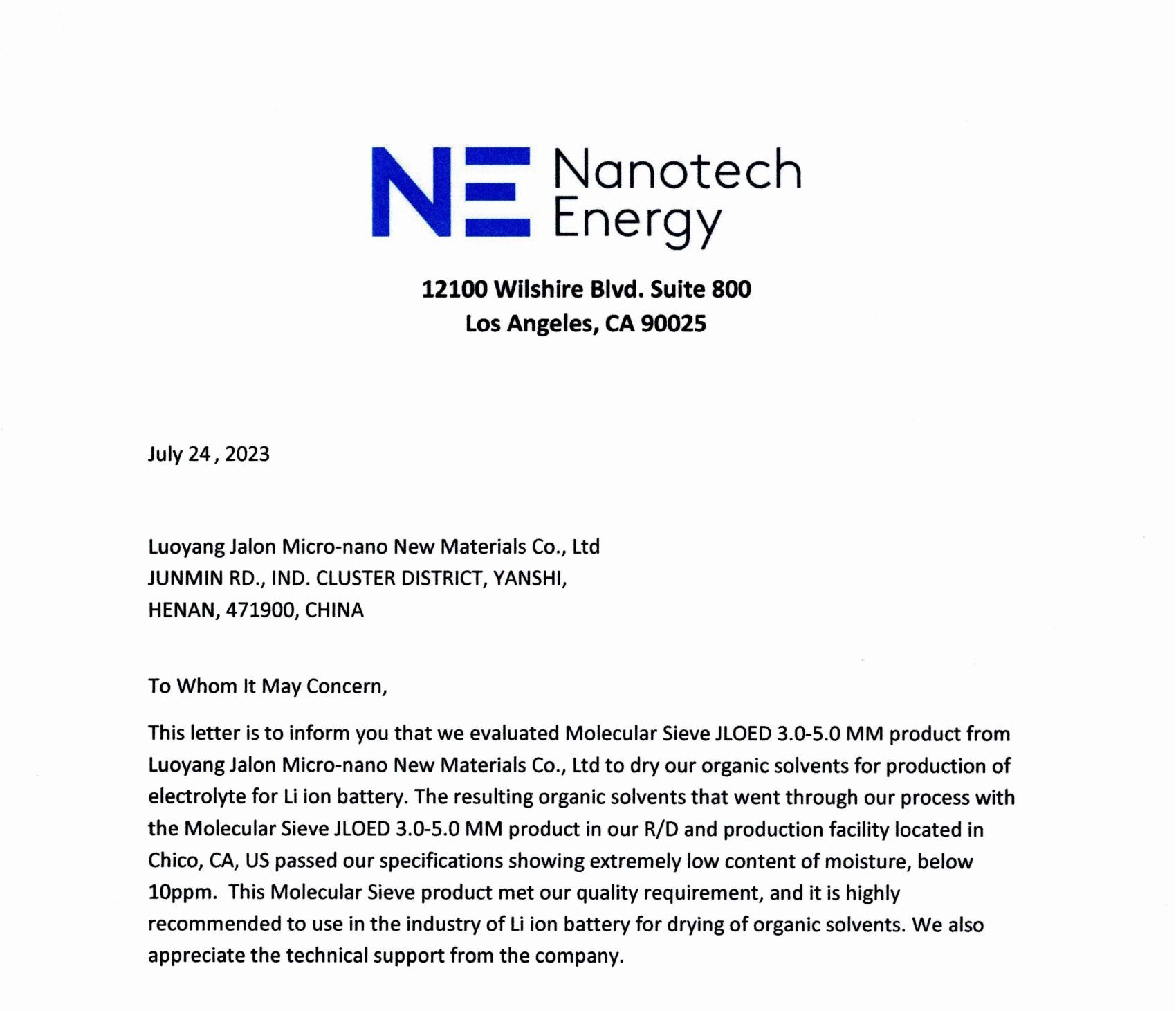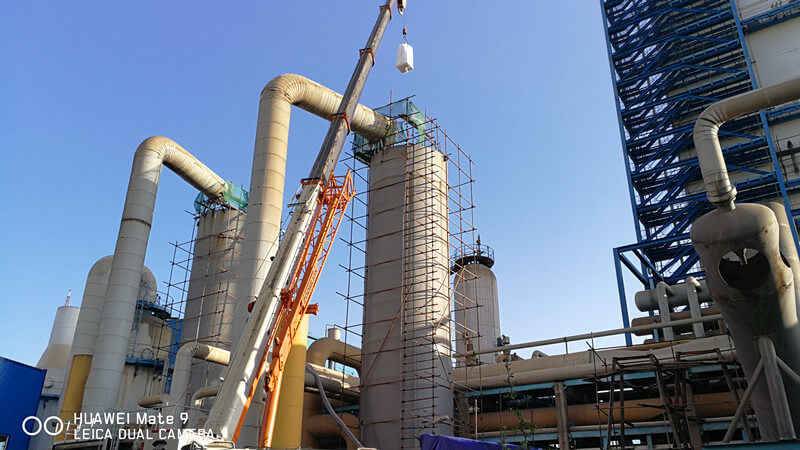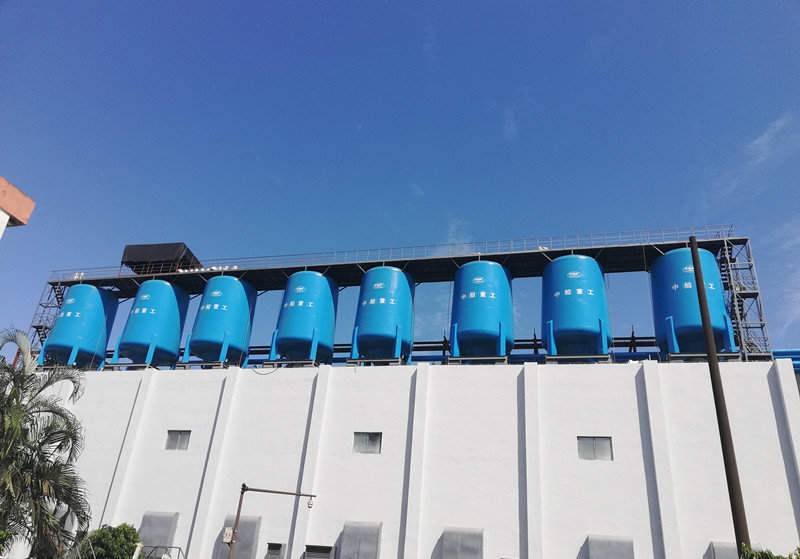Activated alumina has a multitude of properties that make it useful for a variety of manufacturing processes. This covers things like strong crush toughness, thermal shock resistance, chemical resistance, and much more. The potential of activated alumina to operate as an adsorbent, owing to its high porosity and surface area, has propelled it to the foreground of numerous uses.
Silica gel is equally essential in industrial use. If you are torn between using activated alumina and silica, this post is right for you. We are going to look at the significant differences between the two and allow you to make a more informed decision. Let’s jump right in!
What is Activated Alumina?

Activated alumina is a material that you may or may not be familiar with. However, you and your household have most likely profited from activated alumina. It could even be hiding in your sink’s water filter.
Activated alumina is aluminium oxide in the condition of extremely porous spheres that have been microscopically “tunnelled.” As a result, they can be used for a variety of tasks. They can be utilized to dry gases, for instance. Drying gases is frequently required for the safe transfer of volatile gases. Propane, for example, must be dried prior to use to avoid rusting of equipment, which could lead to severe leaks.
The Common Use of Activated Alumina

As a result, activated alumina is extremely effective in the recovery of contaminated materials and polluted rainwater flow. Rainwater can collect impurities from manufacturing activity, such as soluble metals. It can also wash toxins into groundwater from mining functioning, such as arsenic and lead. Activated alumina, such as AA400G, is useful not just for tidying up toxic accidents, but also for tidying up toxic areas which have been deserted for a long time and are only now being cleaned up.
Activated alumina is a cost-effective method of environmental cleanup. Because of its propensity to bind with harmful compounds, it ensures that they do not seep back into the ecosystem after being disposed of.
The notion that activated alumina is extremely stable is a significant quality. It will make bonds with different compounds without altering their chemistry or form. Its surface area is significantly greater than its weight due to its porous nature, allowing it to absorb a large amount of material.
Activated alumina is also a good desiccant, meaning it can dry out humidified air and other gases. In the production of hydrogen peroxide, natural gas, and gasoline, it is utilized for dryness and lustration.
It’s also utilized to purify water in manufacturing settings, municipal sewage plants, and private residences. It removes fluoride, lead, arsenic, and other pollutants from drinking water very effectively.
Activated alumina is one of the most significant and beneficial materials in the contemporary high-tech world because of its strong crush resistance, pore volume, and chemical and physical stability.
Characteristics and Merits of Activated Alumina

- When submerged in water, activated alumina does not shrivel, bulge, soften, or crumble. The alumina beads are unaffected by water stagnating. After a full restoration, the desiccant’s strong adsorption capability can be reclaimed.
- When placing desiccant into dryer towers, it’s important to have a high crush strength to avoid dust accumulation. When other forms of desiccant are required, this capability allows activated alumina to be employed as a pre-bed substance.
- The homogeneous bead size of Activated Alumina assures a minimal pressure drop, which reduces channelling and allows the entire bed column section to be utilized.
- Activated alumina bedding has a long working history in regenerative drying techniques.
- Low abrasion means less sifting during tower uncompressing or loading, as well as a lower pressure drop and a lower risk of the after-filter blocking.
What is Silica Gel?

Silica gel is a drying agent that is commonly packaged as small transparent beads or transparent rock crystals in tiny paper or cloth sachets. These packets are frequently packaged with commercial products to protect them against moisture destruction. Silica gel packets are used in a variety of products, including food, clothes, and electronics.
Silica gel is generally non-toxic, but it can cause choking in little children. Due to the obvious risk of gaging, silica gel packages are typically warned “Do not ingest.”
A Common Use of Silica Gel

- Power Generation Sector: In an electric transformer, silica gel can be applied as a dryness breather to keep moisture out of the oil and preserve its standards. It can prevent dielectric disintegration and oxidation of insulation oil, both of which can lead to failure. Blue Silica gel is commonly used in practice.
- Media Sector: To perform properly, camera gear requires careful maintenance and upkeep. Moisture inside a camera can degrade picture quality in humid environments. Using Silica gel to absorb wetness is a simple remedy that helps prevent fogging inside the camera lens and maintains it pleasant and dry.
- Footwear Businesses: Changes in the environment can make long-term preservation of footwear items difficult for firms, as moist circumstances can degrade their quality and produce mould concerns. Silica gel could be used to avoid humidity and as an economical adsorbent for extracting moisture from storage containers and extending the life of the packages.
- Pharmaceutical Manufacturing: In the pharmaceutical business, silica gel is also widely used. It extends the shelf life of medications and vitamin pills stored in bottles and cans. It’s also composed of non-toxic materials and absorbs moisture within the box. It also aids in the suppression of pharmaceutical odour.
- Gas Electrospray: Because of its thermodynamic coherence, silica gel can be employed as a refrigerant in Gas electrospray. For industrial adsorption systems, it’s a good absorbent alternative. Because Silica gel is a polar adsorbent with an acidic pH, it can absorb impurities in materials that need to be purified or separated.
Limitations of Silica Gel

Although silica has a larger sampling yield, there are a few drawbacks to using it:
- At even somewhat raised temps, silica is emulsifiable in moist/organic media in even modestly alkaline conditions.
- In the vicinity of phosphate and carbonate ions, silica hydrolyzes.
- At pH 4.5, the siloxane bond is brittle, and it becomes significantly more unbalanced as the pH drops.
- The foundation of silica Si – 0 – At pH 8, Si hydrolyzes.
- At temps above 104 Degrees Fahrenheit, silica hydrolyzes.
Differences Between Activated Alumina and Silica Gel

Activated alumina has a lower surface-area-to-weight proportion than silica gel, and the quantity absorbed varies more in accordance to relative humidity changes. Activated alumina is mostly employed in heatless restorative dehumidification machines due to its adsorbent properties.
Silica gel has a higher surface-area-to-weight ratio than any other form of desiccant and adsorbs additional humidity than any other dehumidifier. When subjected to mists, silica gel cracks, and its adsorption ability deteriorates when rejuvenated at extreme temps. Because of these disadvantages, silica gel has fewer applications than other forms of desiccants. In the hot air and gas dehumidification gear, silica gel is used in conjunction with silica-alumina.
Which is Better?

Because of its advantages in isolation and purification, a growing percentage of silica gel users are moving to alumina. Although silica gel may appear acceptable and consumers may feel at ease with it, the numerous benefits provided by alumina make the changeover a viable alternative for most silica users.
Even with the perks that alumina delivers, the main concern for silica gel consumers is whether it’s worth the switch. We feel that understanding why alumina is preferable and why this adjustment will enhance your organization and/or project is critical to making the right option. We provide a broad line of silica gel with varied angstrom and velocity distribution dimensions since our main goal is to meet the requirements and wants of our clients, but it’s crucial to note that there is a better way to separate and/or purify your chemicals. Alumina is the answer!
Due to its amphoteric qualities, alumina can be employed with neutral, acidic, and basic substances, making it a miracle substance in many respects. As a result, it’s an excellent element for a wide range of ecological cleanup and extraction purposes. Activated alumina is the most efficacious substance available for the largest range of uses thanks to its exclusive process for producing the highest quality and tailored alumina solutions.
For technologists, chromatographers, and other top scientists with cell cultures, proteomics, chromatography, and a variety of other low and high-pressure isolation technologies, alumina opens up a whole new world of options. Alumina is unlike any other life science substance in terms of versatility, simplicity of usage, and relatively inexpensive.
For nearly any difficult separation, alumina oxide could be used as a replacement for silica. It could be used for reversed phase chromatography, just like silica. Consequently, activated alumina outperforms silica in terms of pH stability. Free radical hybridization of cross-link polymers to alumina molecules or chemical bonding of alkyl groups to alumina is used to make alumina-based reverse phase chromatography packing. It can be incorporated with the right molecule size and shape to provide the right amount of surface area for your extraction requirements.
Alumina has incredible support for chemically bound C18 stages and a variety of other compounds.
What Makes Alumina More Special?

- Amphoteric characteristics are seen in alumina. It functions as a sluggish ion exchanger. Alumina has amphoteric characteristics, meaning it can exchange both cations and anion over a wide pH range. Amphoterism refers to a chemical’s capability to act as an acid or a base. Alumina has the best amphoteric characteristics of any extraction coating. By interacting with an acid or a base, this insoluble chemical can be made to disintegrate. Alumina outperforms all other metal oxides in this position as an amphoteric ion exchanger. Owing to its poor pH pzc, the more typically used silica only permits for cation exchange.
- Alumina is a stable material. It overcomes silica’s pH instability, which is both low and high. Alumina remains stable in the pH range of 2 to 13. This is a crucial characteristic. Column implosion is nearly often the outcome of silica disbandment when silica is used in a chromatography pile at a higher pH. This leads to the formation of cavities in the column as a function. Prior to alterations in employee engagement are apparent, these abnormalities are associated with sudden drops in licence plates as well as rapid rises in tailing factors. Try running your silica stationary phase column with a phosphate-containing mobile phase at 50o C and a pH of 10 to see how quickly it dissolves and degrades in performance.
Conclusion
As you can see, activated alumina is the best choice for your manufacturing solutions. At Jalon, we ensure that what we offer is of the highest quality. Reach to Us and we are sure that we can deliver the highest quality actuated alumina.

